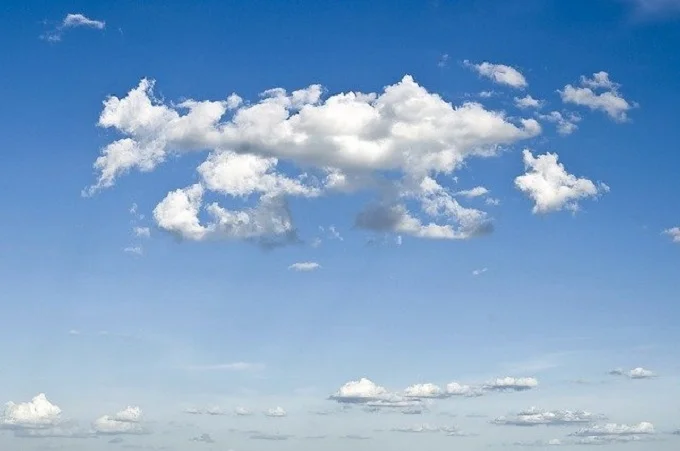Why is the sky blue?

The “sunlight” we see every day and called “white light” may appear colorless, yet it is a kaleidoscope of colors mingled together. When sunlight passes through a prism, it creates a rainbow. White light is separated into various colors by the prism: red, orange, yellow, green, cyan, blue, and violet. Let’s see if we can figure out why the sky is blue.
Each hue is made up of its wavelengths, similar to how a fingerprint comprises several wavelengths. The wavelength of red is the longest, that of purple is the shortest, and that of all other colors is somewhere in between.
The color you see when you look at anything like a yellow sunflower or a red automobile is the color of light that the object reflects on your eye. Yellow waves are reflected by a yellow sunflower, while all other hues are absorbed. On the other hand, a red car reflects red.

What color is the air in the sky?
Gas molecules abound in the Earth’s atmosphere. Colors of longer wavelengths, such as red, orange, and yellow, travel through the atmosphere as white light from the Sun passes through it. On the other hand, blue and violet wavelengths are absorbed by gas molecules and spread across the sky. These reflected blue waves are visible to your eye.

During sunrise or sunset, the sky turns a brilliant orange and crimson color. The wavelength must travel a greater distance to reach your eyes when the Sun is low near the horizon when it rises or sets. This scatters the shorter blue wavelengths seen throughout the day, even more, allowing longer wavelengths such as red and orange to reach your retina.




